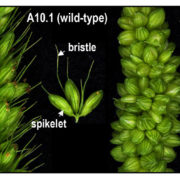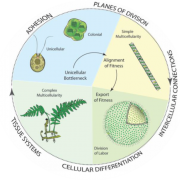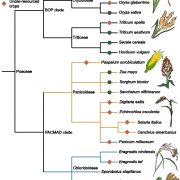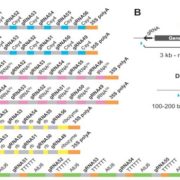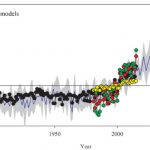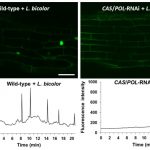Large-effect flowering time mutations reveal conditionally adaptive paths through fitness landscapes in Arabidopsis thaliana (PNAS)
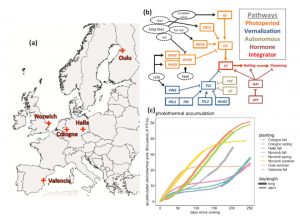 We have a tendency to think of genes carrying mutations as having a negative impact on fitness, which raises the question of why they might persist in a population. Taylor et al. tested whether large-effect mutations that affect flowering time might not be detrimental in all conditions, by comparing their effects in natural populations of Arabidopsis grown in different environments. They selected several genes that have large effects on flowering time, including FT, light signaling, including PHYA, and branching, including SPY, and they grew them alongside other genotypes in several outdoor field sites across, and then measured bolting time, branching and fecundity. They found a great deal of plasticity in how these genes affected the measured traits, and that the relative fitness amongst mutants varied with the different environments. They conclude, “large effect mutations may persist in populations because they influence traits that are adaptive only under specific environmental conditions.” (Summary by Mary Williams) Proc. Natl. Acad. Sci. USA 10.1073/pnas.1902731116
We have a tendency to think of genes carrying mutations as having a negative impact on fitness, which raises the question of why they might persist in a population. Taylor et al. tested whether large-effect mutations that affect flowering time might not be detrimental in all conditions, by comparing their effects in natural populations of Arabidopsis grown in different environments. They selected several genes that have large effects on flowering time, including FT, light signaling, including PHYA, and branching, including SPY, and they grew them alongside other genotypes in several outdoor field sites across, and then measured bolting time, branching and fecundity. They found a great deal of plasticity in how these genes affected the measured traits, and that the relative fitness amongst mutants varied with the different environments. They conclude, “large effect mutations may persist in populations because they influence traits that are adaptive only under specific environmental conditions.” (Summary by Mary Williams) Proc. Natl. Acad. Sci. USA 10.1073/pnas.1902731116


